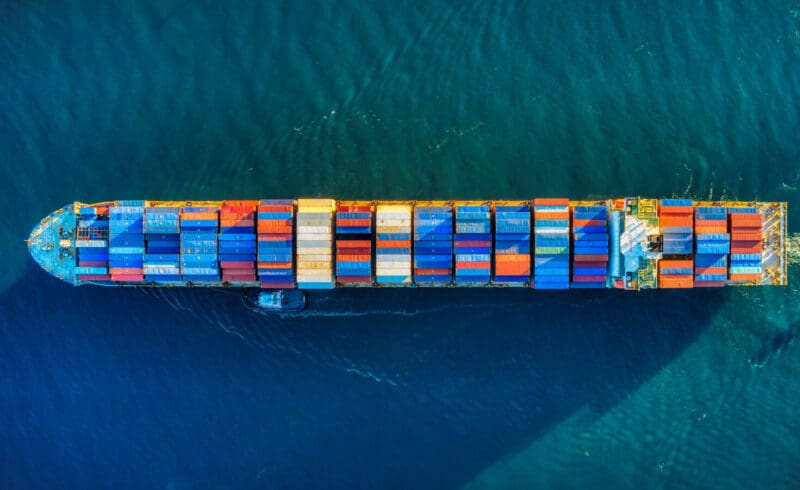Off the back of yet another tumultuous year, it’s time to take a look at the 2022 supply chain trends for the world of commodities and executive search.
2021 was characterized by skyrocketing prices, the cementing of remote work, and the incorporation of data analytics into commodities trading. In 2021, commodities outperformed other assets by far.
2022 Supply Chain Trends
Over this year, we can expect to see the continuation of such trends in addition to stabilizing markets and shifting work cultures.
- Energy transition Entwined with leaps made in digitalisation, it’s becoming easier to choose sustainability than ever before. Grocery stores are choosing electric for their vehicles and offices are going paperless. As many have picked up on, the global energy transition is continuing to gain traction and the United States is leading this charge. What is new about this year is that the last throes of resistance to renewables is finally seeming to fade away. Climate change deniers are becoming less and less common, and even fossil fuel companies and large non-renewable conglomerates are evaluating ways they can pivot towards a more sustainable future.
- Shifting talent pool The talent shortage the United States is experiencing doesn’t currently show any signs of easing. However, salaries across commodities are rising to reflect this, and talent acquisition teams are expanding their candidate pools not only due to the shrinking size of talent pools, but also for diversity, equity, and inclusion initiatives.
- Economic integration We can expect to see many former competitors consolidate their businesses and market intel as consumer behavior shifts. Closer partnerships between businesses will thrive in this coming year and further years to come. In the softs and agricultural industry especially, we expect to see larger businesses acquiring smaller firms and merging their capabilities for increased economic success.
- Lower prices This year saw the prices of many commodities skyrocket, from coffee to precious metals. Over the next year, however, we can expect this to stabilise. Currently, the Omicron variant of COVID-19 is not expected to have as much of an impact on commodities as previous iterations of the virus have, since the country is getting ever more used to dealing with coronavirus and its impact on the market. According to Fitch Solutions, several key commodities – such as crude oil, minor metals, and agricultural products – are expected to average lower in 2022 than they did in 2021. This is not to say that 2022 will see the return of pre-pandemic prices – we are still very much so in the midst of a commodities supercycle.
- Digitalisation and data analytics This is another trend that continues to gather momentum, but now especially in the commodities industries. Whereas up until recently, many commodity trading firms were hesitant to introduce algorithmic and automated trading processes, many are now employing technology specialists and data scientists to help them along their digital transformation.
We look forward to seeing how these trends play out over the course of 2022 as the markets continue to stabilise post-COVID. We anticipate plenty of innovation within the commodities sector, and it’s an exciting time to be part of it!
If you need help designing and implementing the best framework for hiring and retaining talent in your commodities business, feel free to connect with me or look through the site for more information on the services we provide. We can help find the best people, for your people.
Be sure to follow us on LinkedIn to stay up-to-date with all the latest trends and developments taking place across the commodities supply chain space. For a discussion with our expert Commodities team about the trends impacting your organisation’s supply chain and talent, please get in touch.




